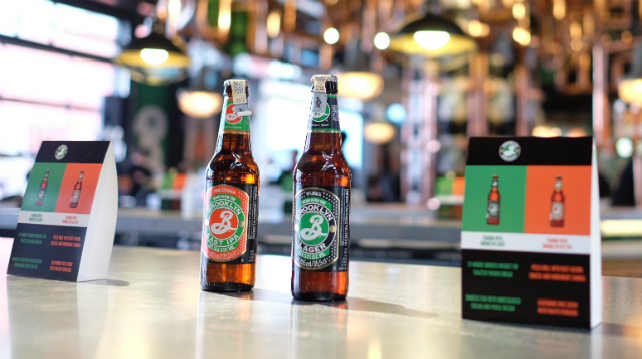The ultimate purpose of beer packaging is to preserve the quality of the beer and deliver the product to the consumers’ hand as fresh and flavourful as when it was first taken out of the brewery.
Let’s look at what causes beer to turn bad and how it can be prevented through packaging.
1. Bacteria and oxygen contamination
Can: Any dents that are damaging enough to cause contamination would have been noticed and removed before even getting to the hands of consumers, whether at the brewery or prior to sale.
Bottle: Difficult to spot. Even if the brewery applies measures in securing the bottle cap through air tight seals, poor handling of the bottles during transportation can still knock the cap loose and allow bacteria and oxygen to seep in. The problem with this is, the contamination will not be noticed until the time of consumption.
2. Light Contamination
Can: Impervious to light, hence the beer is unlikely to be exposed to being lightstruck after being packaged until the time of consumption.
Bottle: Brown bottles shield the beers from UV light better than green or clear glass bottles, and therefore make better packaging for preserving quality of the beer. Storage away from sunlight is the key to reduce light contamination for bottled beer.
3. How about metal from the cans?
Cans used to store liquids are lacquered which provides a barrier between the can and its contents. The chances of tasting metal in your beer is therefore extremely low.
Conclusion
Cans are normally cheaper than bottles due to lower handling cost and if the contents are fresh and of good quality, we would go for can than bottle anytime.
- T -
